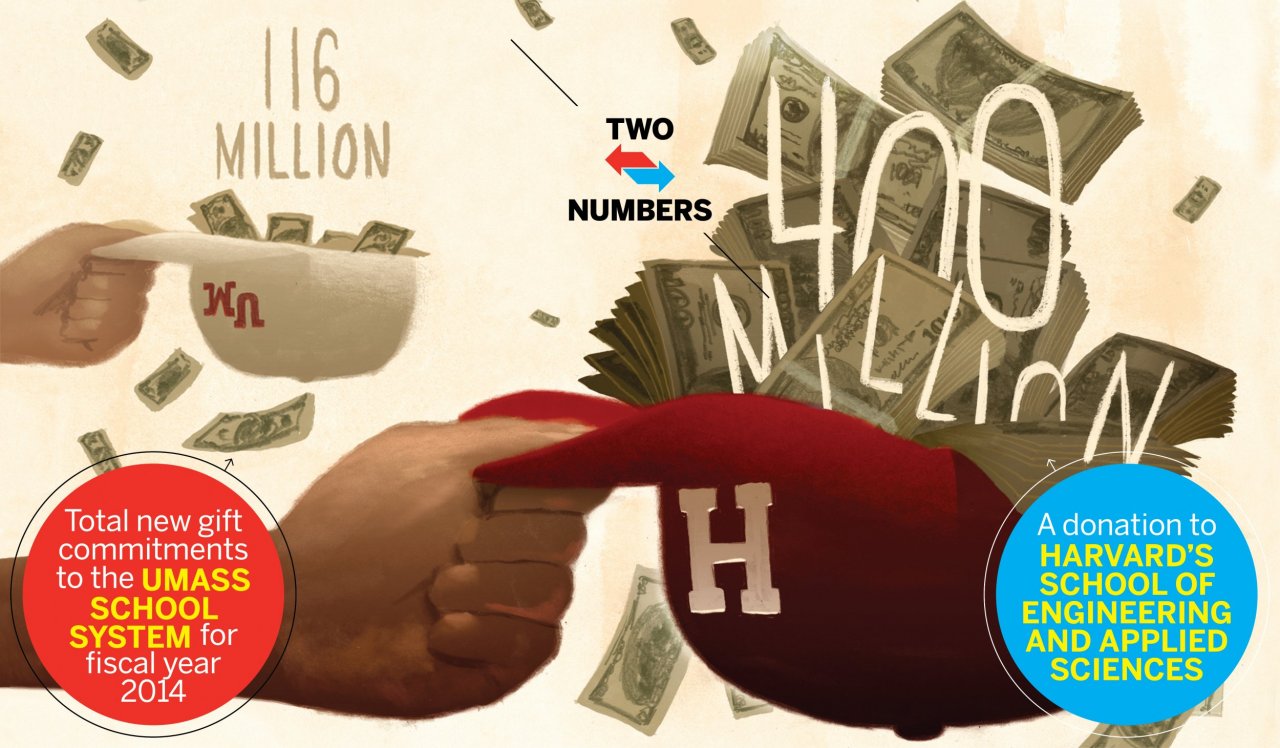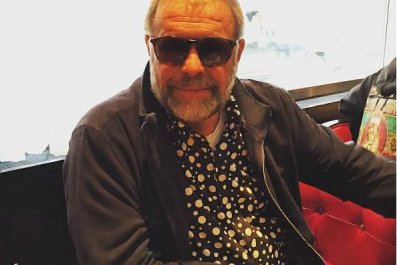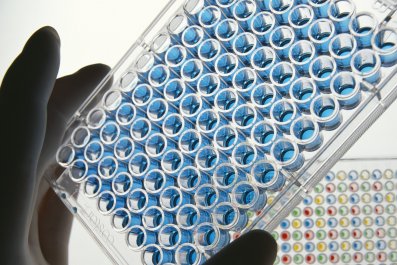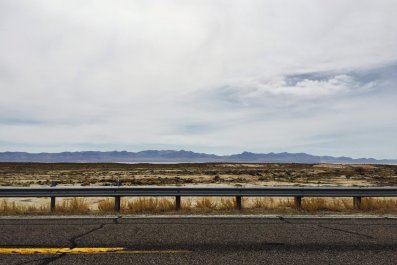Even though it's 379 years old, Harvard attracts some of the planet's brightest young minds. Despite being the world's wealthiest institution of higher education, with a $36.5 billion endowment, it is still quite a money magnet.
On June 3, the university received the largest gift in its history, from billionaire John Paulson. The Harvard Business School alum, who manages a New York–based hedge fund, gave $400 million to the School of Engineering and Applied Sciences (SEAS), which last year had an endowment of about $990 million, 2.7 percent of the university's total.
Paulson's gift shines a spotlight on a pattern in Massachusetts and throughout the country: a widening gap in financial support between a handful of wealthy institutions and both public universities and other private colleges, says Richard Freeland, the commissioner of higher education for Massachusetts. "What's really unfortunate is the institutions that are serving so many of our people…just aren't being supported at a level which permits them to offer the quality of education that is appropriate for our young people."
Paulson's donation is about 3.45 times the total new gift commitments to the University of Massachusetts (UMass) system for fiscal year 2014.
Harvard's total enrollment of undergraduate, graduate and professional studies students last year was about 21,000 students. Registration in the UMass system was more than three times that—72,796.
UMass has five campuses—in Amherst, Boston, Dartmouth, Lowell and Worcester. Last year, it received $116 million in private, philanthropic support for all aspects of the system, such as student aid, faculty research and athletics.
Endowed funds are either restricted for specific purposes or unrestricted for individuals or groups to choose where to allocate the annual dividend. Paulson's gift is an unrestricted fund that in theory will aid teaching, research and other programs at SEAS.
At UMass, not all of that $116 million was unrestricted—34 percent went to the university's endowment to assist in building its long-term base of support, says Ann Scales, a spokeswoman for the university's Office of the President.
Massachusetts, home to some of the country's most prestigious academic institutions, has nine state universities and 15 community colleges in addition to the UMass system. In 1967, 30 percent of undergraduates in Massachusetts were educated at public institutions. By 2013, that percentage rose to more than half, as education costs compete with those of other needs, such as health care.
As a handful of institutions become wealthier, "there is inequality concern that is going on all over the country," Freeland says. "I deeply lament the fact that higher public education in Massachusetts and elsewhere is struggling to keep its head above water."












